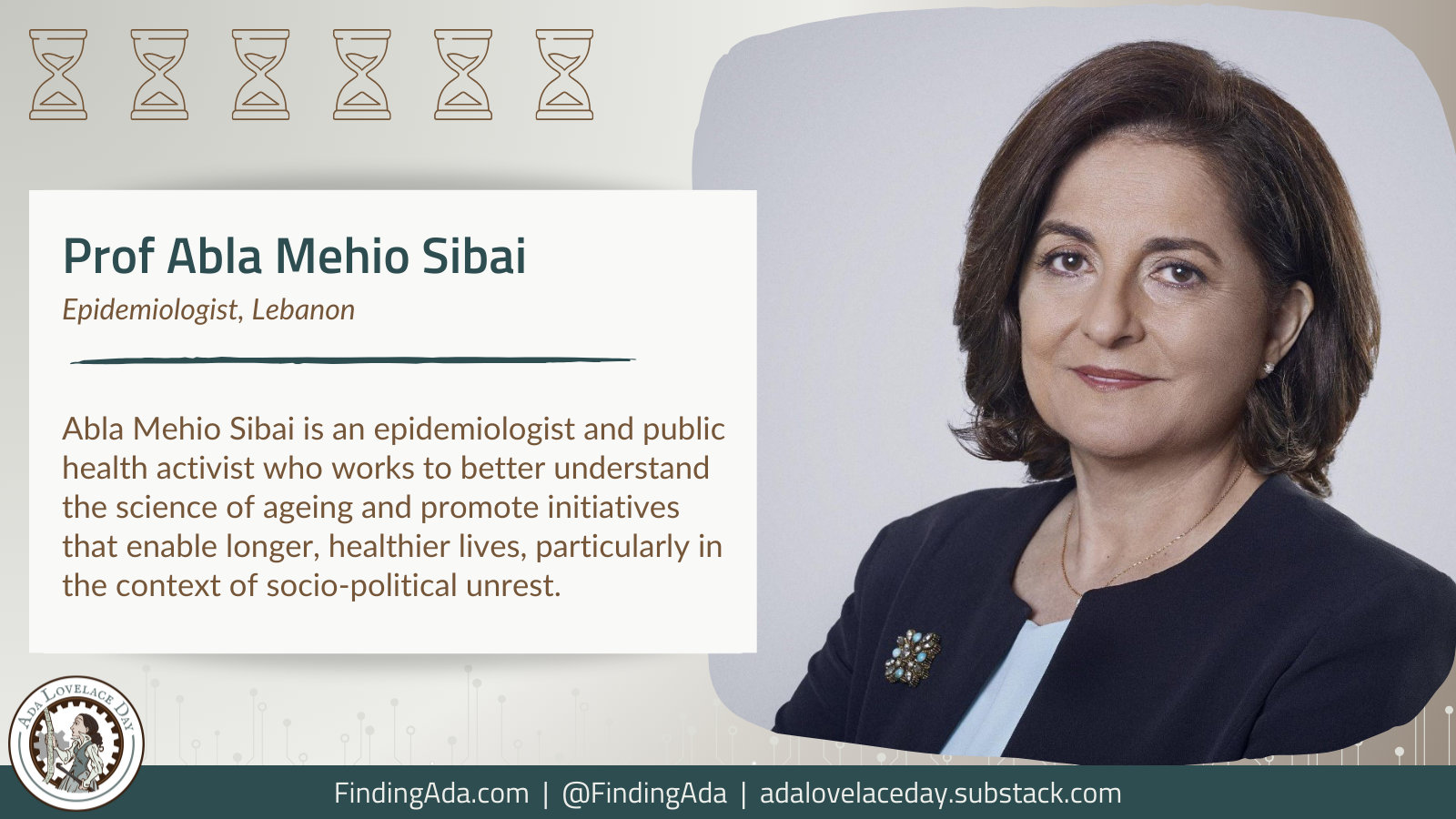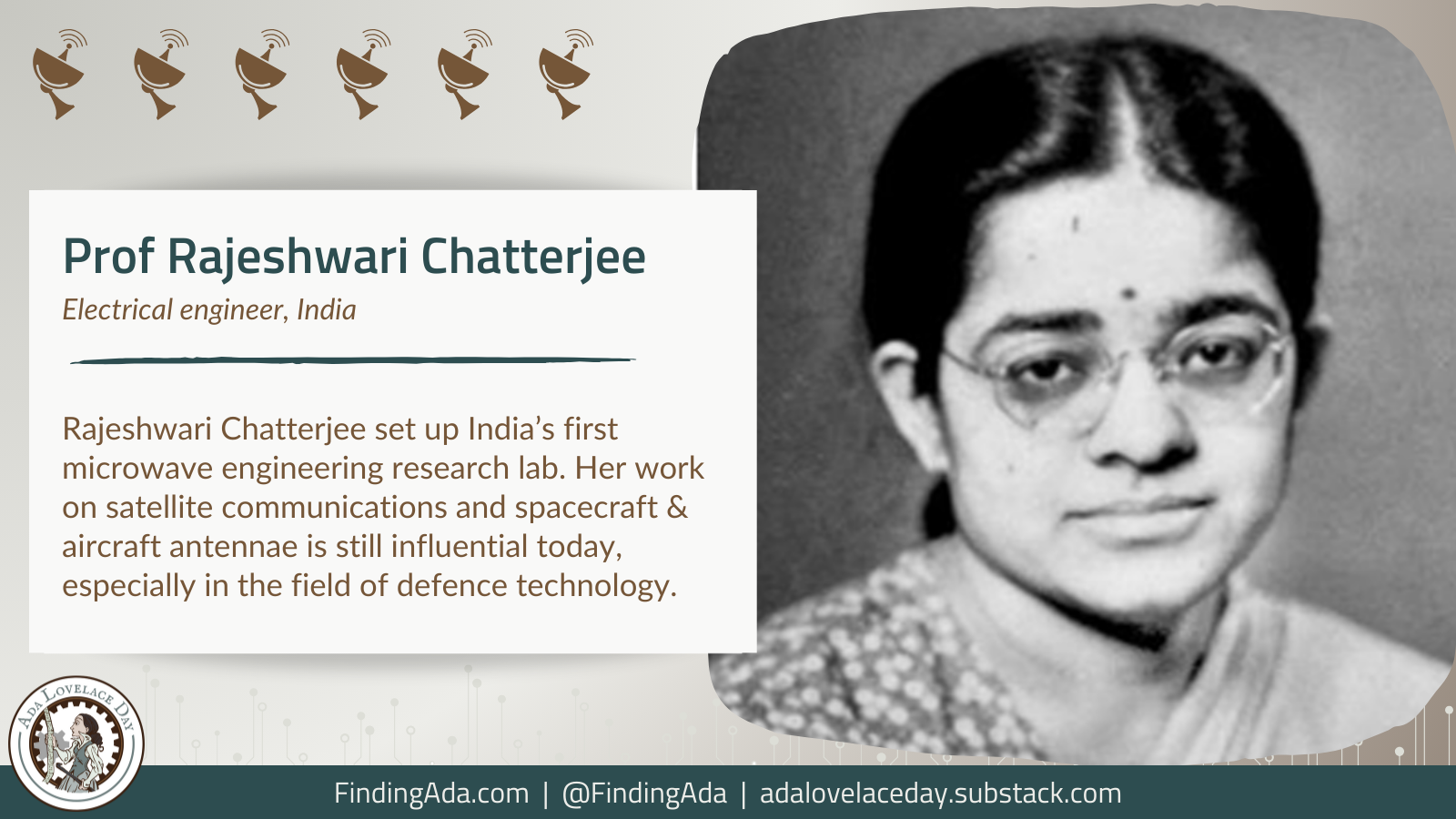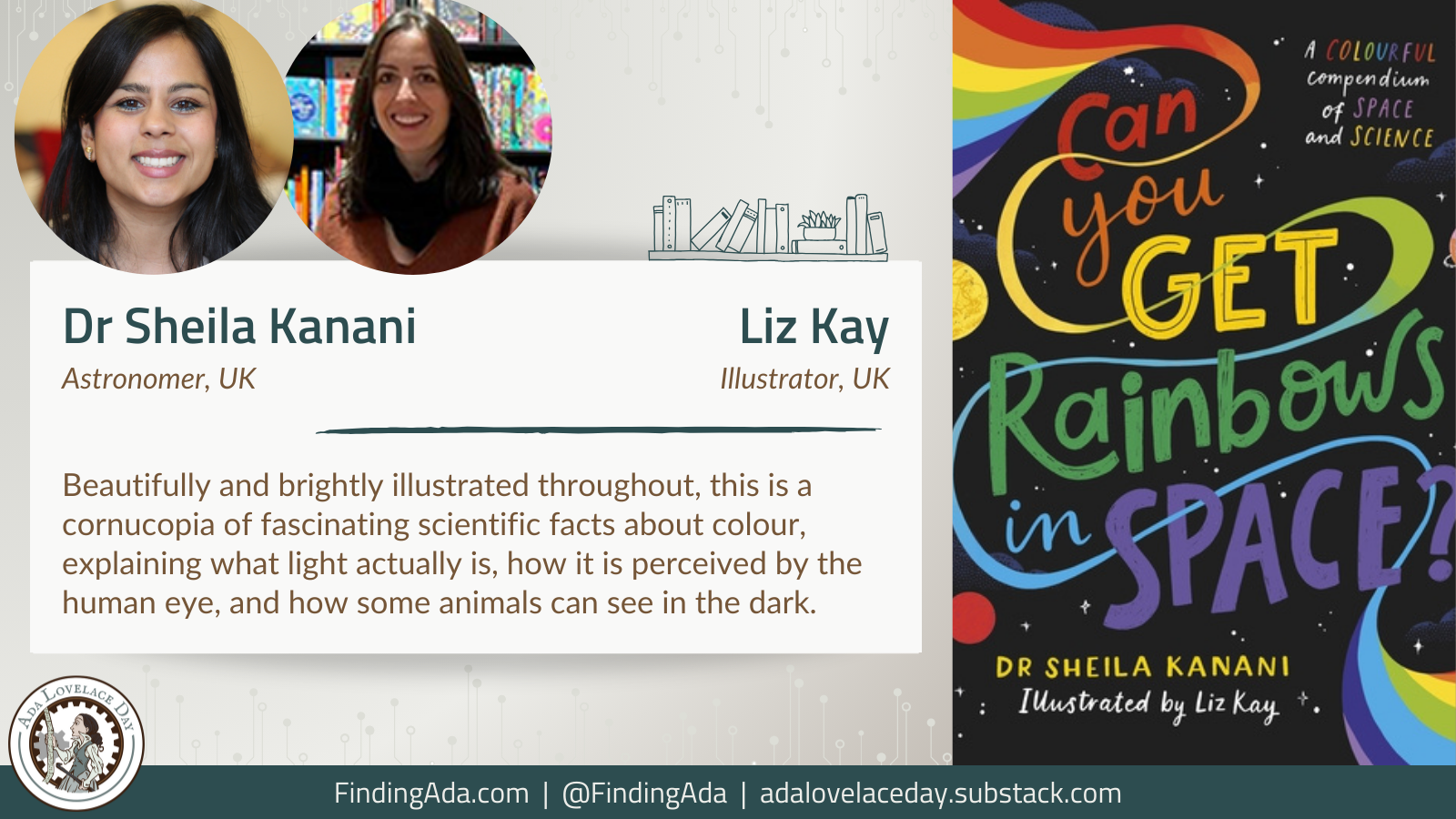Professor Abla Mehio Sibai
Professor Abla Mehio Sibai, عبلة محيو السباعي, is a world-renowned epidemiologist and self-described “public health activist” who researches healthy ageing and non-communicable diseases (NCDs) in older populations. Her work is particularly focused on ageing in low- and middle-income countries and those that have experienced wars and socio-political unrest. A professor and chair of Epidemiology and Population Health at the American University of Beirut (AUB), her mission is “to inspire a paradigm shift in the way we relate and act towards age and ageing”.
Sibai earned a bachelor’s degree in pharmacy at the American University of Beirut (AUB) in 1977. The Lebanese civil war and motherhood put her scientific career on hold temporarily, but her later research was inspired in part by witnessing the impact of violence and conflict on vulnerable older people.
After almost a decade of full-time parenting, Sibai returned to AUB to complete a master’s degree in epidemiology in 1986. She received her PhD in epidemiology eleven years later from the London School of Hygiene and Tropical Medicine.
Over the course of her long career, Sibai has published more than 200 scientific papers and around 100 book chapters, reports and policy briefs – all aiming to identify and address the health, social, political and economic challenges brought about by population ageing. These include the growing burden of chronic diseases and the financial cost of care for elderly people, particularly in countries like Lebanon that are not wealthy and have been affected by conflict. A central preoccupation of Sibai’s work has been the impact of NCDs such as cancer, cardiovascular disease and diabetes among older adults in underprivileged communities, including within refugee settlements.
Sibai has led or co-led many major research projects on the impact of disease, including Lebanon’s first nationwide survey on NCDs for the World Health Organization (WHO). This went on to inform public health policy in her home country and globally. In 2008, she co-founded the Center for Studies on Aging in Lebanon, a “hub for research, education, policy formulation and training on ageing in Lebanon and the Arab region”, where she is now president.
Sibai’s advocates for “a human-centred approach to science”, and this goes hand-in-hand with her belief that all elderly people have the right to enjoy a fulfilling, meaningful life. In 2010, she co-founded the ‘University for Seniors’ (UfS) lifelong learning programme at AUB, which offers educational “opportunities to remain intellectually energised, physically active and socially connected” for older adults. The internationally acclaimed programme has been recognised as helping to delay cognitive decline.
More recently, Sibai led the development of Lebanon’s National Strategy for Older Persons (2020-2030), the country’s plan for “ensuring the health-related, social and economic rights of older people”. A member of the WHO’s Science Council since 2021, she is currently Dean of the Faculty of Health Sciences at AUB.
Sibai was awarded the Dr AT Shousha Foundation Prize in 2014 for her contributions to public health, and the State of Kuwait Prize for the Control of Cancer, Cardiovascular Diseases and Diabetes in the Eastern Mediterranean Region in 2019. In 2020, she won the L’Oréal-UNESCO For Women in Science Award “for her pioneering research and advocacy”. She said that the recognition was deserved by anyone who works “to make the world a better place for older people, especially those who are too often marginalised and ‘left behind’”.
Further Reading
- Abla Mehio Sibai, Wikipedia
- Faculty Member Profile: Abla Sibai, Dean and Professor, American University of Beirut
- Abla Mehio Sibai: I hope to inspire a paradigm shift in the way we relate and act towards age and ageing, Unesco, 14 January 2021
Written by Moya Crockett, with thanks to Stylist for their support.




